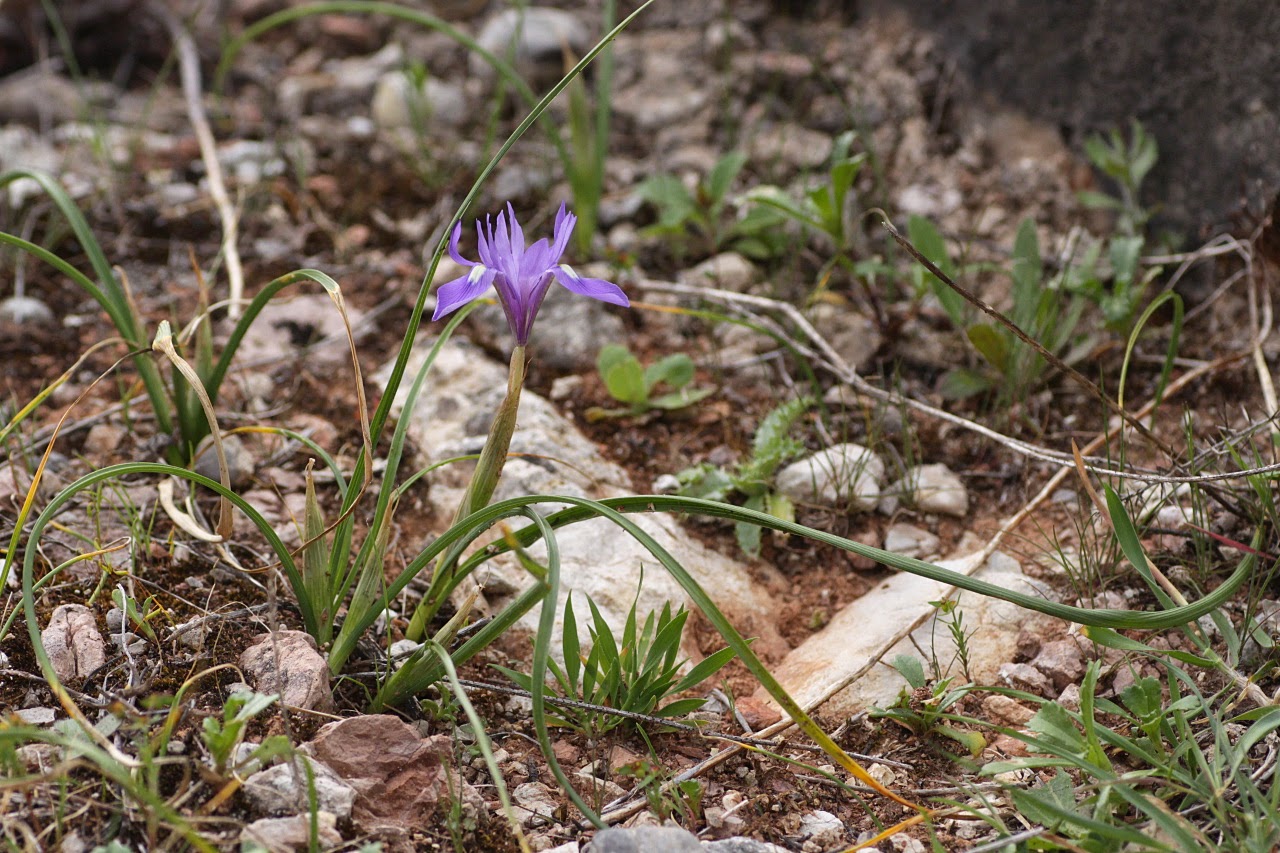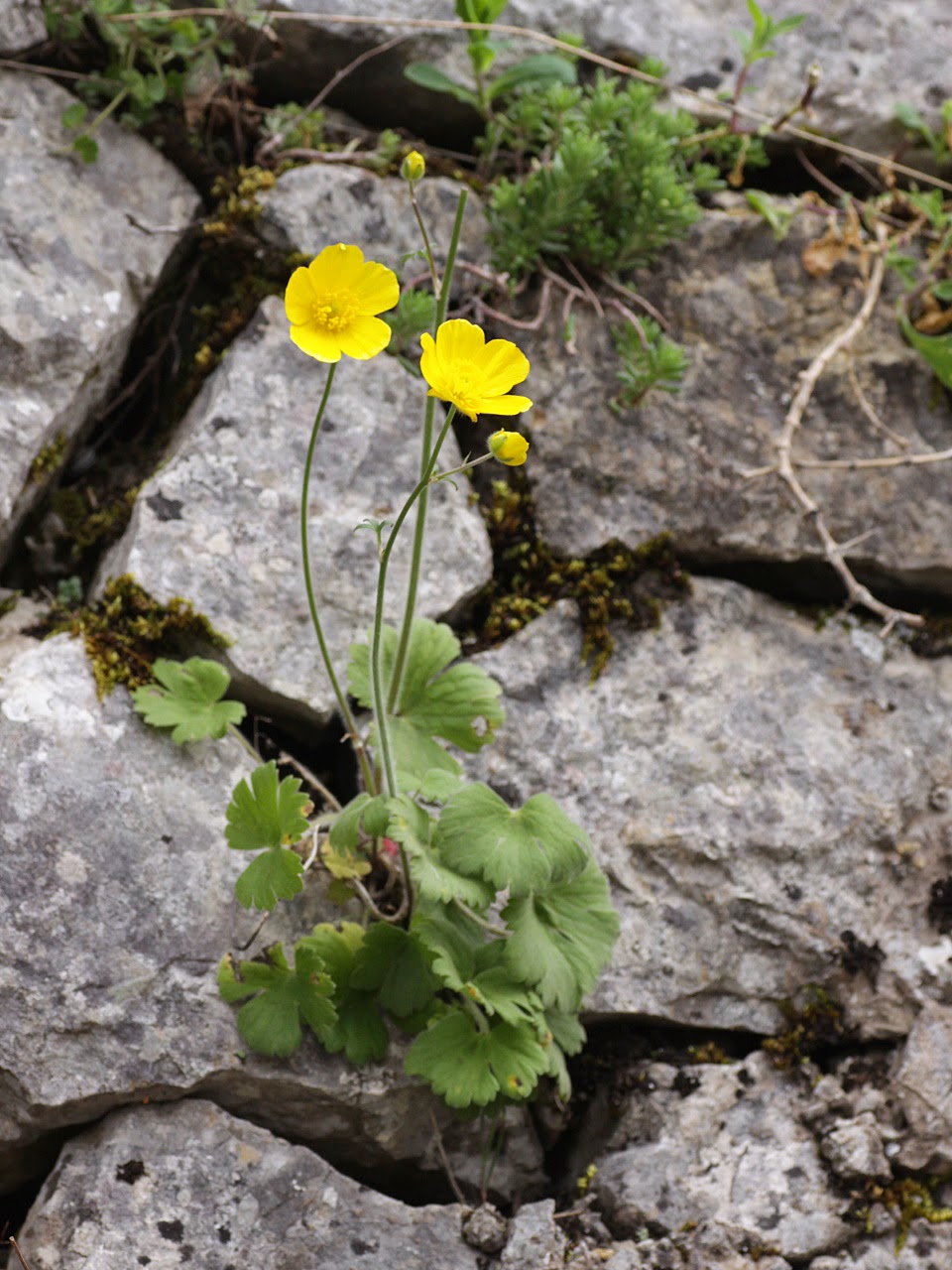I had only a couple of hours this morning before I had to
leave for the airport. I spent the first
of them among the orchids on the slope below the cabin. Ophrys
orchids are one of the best things in the world. Among David Attenborough’s prolific outputs
is a series called Attenborough’s Ark
in which he chooses his favourite and most extraordinary animals, those that he
would save on an ark if there were a cataclysmic disaster. Ophrys
would be in my ark. First, they are so
pleasing to look at. The neat spike of
flowers is a work of architectural excellence, and each floral decoration is
full of character. Two side petals to
suggest ears; the pollinia or small glands are a pair of eyes; and the lip is a
nose or a whole body with arms and legs if you fancy.
Then there is the pattern and texture of the lip. It seems so velvety and soft and it contrasts
perfectly with the almost plastic-looking speculum (the smooth bit in the
middle). I think this is part of the
appeal: instead of being part of the natural world, the flower looks as though
it is artificial, even though it is not.
All this is very attractive, but we haven’t even considered
the amazing biology behind it. When I
first heard about it I couldn’t believe it: it does what? It turns out that the
flowers are not like this to please me but rather to fool a male wasp into
mating with them. All the colours and
textures are there to mimic a female insect.
The visual and sensual cues are supplemented with pheromones. All this is so convincing that passing males
will eagerly mount the lip and get the pollinia stuck to their head. They will carry these to another orchid
flower if they try to have go on that one too.
The Mediterranean is the centre of diversity of Ophrys: there are many more species here
than further north (only four in Britain).
How many more is a matter of fierce debate. The trend, as in most plants and animals, has
been one of recognising more and more species.
This has been taken to the extreme by Pierre Delforge’s book on Orchids
of Europe, which lists 251 Ophrys species. If you flick through the pages you will find
dozens of seemingly identical plants all given different names and separated by
rather inconsequential features. To me,
some of the photos contradict the descriptions and keys and they do not make a strong case for separating all the entities he has named. He has described even more species since. Other people have found this
approach too much, and they have produced genetic evidence to suggest that it
would be more sensible to recognise only a dozen or so species, each of which
is more readily separable from the others but has many local forms, some of
which are produced by ancient or modern hybridisation.
On my hillside I found myself in agreement with the lumpers. I looked at the amount of yellow around the
edge of the lip, the shape of the speculum, and its colour. I could see as much variation here, sometimes
even within the same plant, as there seemed to be between some of the
Delforgian species. I was happy to call
everything Ophrys fusca, apart from a
couple of lutea that were not quite
in flower.
I went up to the limestone rocks above for a last time, past
a couple of Orchis conica that I had
overlooked. The Iris planifolia was now gone over, but Mediterranean Spurge Euphorbia characias, a plant that I
associate very much with holidays, was in flower.
The pretty little Veronica cymbalaria, one of the week’s common plants, was here too, and I found a not too
flighty Spanish Festoon and Provencal Hairstreak. And with that it was time to stuff as much ham
and biscuits as I could into my luggage and go back to Britain.
A final word of thanks to the Departamento de Biología Vegetal at Universidad de Málaga, and the publishers who have made the floras
(one each for eastern and western Andalucia) available online for anyone to
download for free. Both are extensively
illustrated, the western volumes with line drawings of every species, and the
eastern set with beautiful photographs, making them much easier to use than
most keys. Does anywhere else in Europe
have such a useful and readily available identification resource for visiting
or resident botanists? Congratulations
once again to Andalucia on taking the lead.
I also need to mention Flora Iberica, which was very helpful
once I got back to an internet connection.
Like the Andalusian floras it is available online, thanks to the Real
Jardín Botánico. I cannot praise highly
enough the public spirit of these institutions in making works available
so that anyone can enjoy and appreciate the wonderful plants of Spain.

























































